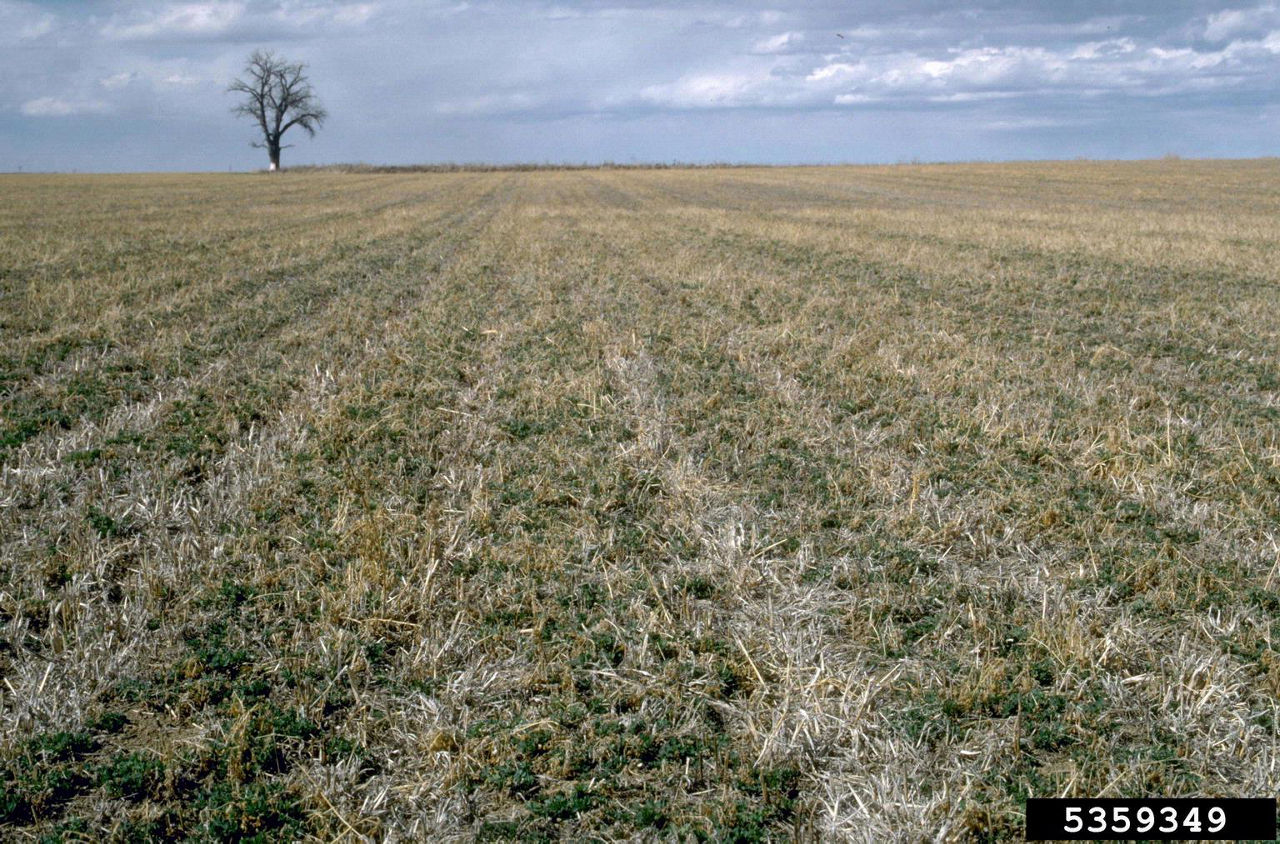Alfalfa Product Selection - Fall Dormancy and Winterhardiness
February 16, 2021
- Winterhardiness and fall dormancy are key factors that can affect the alfalfa stand, longevity, and forage yield potential.
- When selecting an alfalfa product, consider both fall dormancy and winterhardiness ratings, as these ratings are not the same and should not be substituted for each other.
- Winterhardiness is the ability of an alfalfa product to withstand winter temperatures; fall dormancy relates to the timing and length of dormancy.

Fall Dormancy
Fall dormancy relates to how soon an alfalfa product stops growing in the fall and how early it begins growing in the spring or late winter. Nondormant alfalfa products have quicker shoot elongation after harvest and erect shoot growth in the fall. In contrast, fall dormant products produce shorter, prostrate shoots in the fall and have slower shoot elongation after harvest.1 A higher fall dormancy rating indicates increased fall growth and a longer the growing season (Table 1). The length of dormancy affects yield as well as winterhardiness. Because fall dormant products have slower re-growth after harvest, the number of cuttings per year and yield may be reduced.
Product Selection
When selecting alfalfa products, base your decisions on the classifications for fall dormancy and winterhardiness for your area. Although fall dormancy is somewhat related to winterhardiness, it is not an accurate measure of winterhardiness. Winterhardiness should be considered as a separate characteristic from fall dormancy when selecting alfalfa products.
Breeders have been successful at disconnecting winterhardiness from fall dormancy, as the two traits tended to be closely related. Now it is possible to have a product with a fall dormancy (FD) of 4 or 5 with a winterhardiness below 2. Some alfalfa products are capable of surviving lower temperatures than indicated by their fall dormancy rating. In other cases,products that have lower fall dormancy ratings may not be capable of withstanding cold temperatures over multiple years.
Depending on the region, if an alfalfa stand is considered to be for shortterm, a moderate winterhardiness rating may be adequate. For long-term stands, alfalfa products with lower winterhardiness ratings should be considered. In areas that usually receive good snow cover (four inches or more), planting products with very low winterhardiness ratings may not provide much additional protection. However, snowfall can be unpredictable and protection from a snow cover should not be relied upon. In areas with less snowfall, products with lower winterhardiness ratings should be considered.
Alfalfa products with lower fall dormancy ratings go dormant earlier in the fall, which can limit productivity and yield for the season. However, singleyear productivity can be balanced by the greater likelihood of fall dormant and winterhardy products surviving multiple winters and thereby adding years to the life, overall productivity, and total yield potential of the stand.
Sources
1Haagenson, D. 2000. Improving winter survival of alfalfa without sacrificing yield—What we know. Purdue University. http://www.agry.purdue.edu.2Cash, D., Ditterline, R., and Dunn, R. 1993. Alfalfa variety selection. Montana State University. MT 9303. http://co.yellowstone.mt.gov.
Additional sources: Kaatz, P. 2011. Selecting the right alfalfa variety. Michigan State https://www.canr.msu.edu/news/selecting_the_right_alfalfa_variety. Winter survival, fall dormancy & pest resistance ratings for alfalfa varieties. 2018. National Alfalfa & Forage Alliance (NAFA). http://www.alfalfa.org
Web sources verified 2/1/21. 1028_S1

